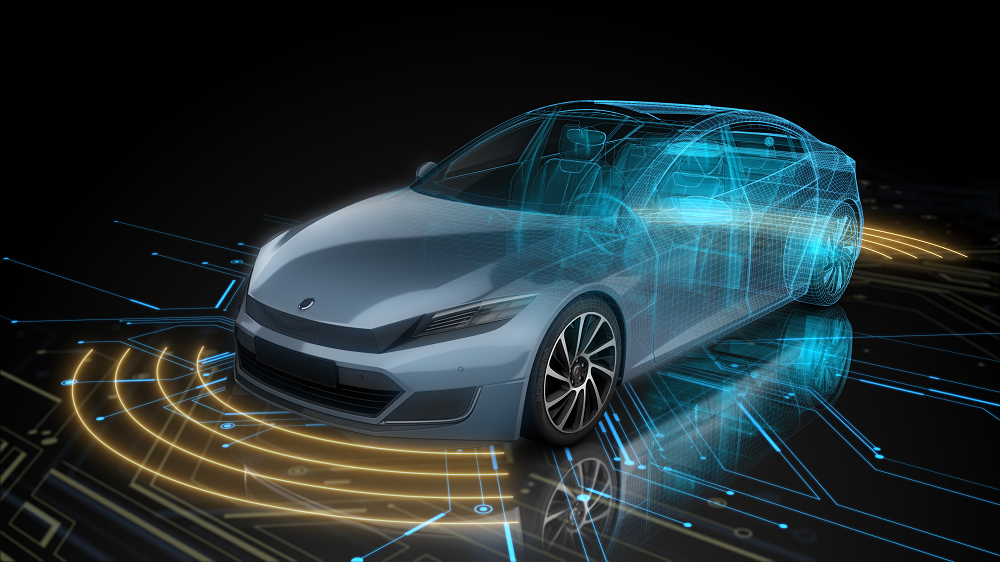Are self driving cars safe?

All of a sudden the autonomous future is looking a bit more uncertain, which is somewhat surprising given what tech and auto boosters have been saying for years now — namely, that self-driving cars are “just around the corner.”
The proximate cause of the change in outlook is that accidents have started to happen in real-world application, and that is shifting the public conversation from its benefits to a focus on safety and trust. This is true whether the topic is the design of chips and sensors or the fates of nameplates and entire fleets. Certainly there will be a new premium on testing of all types.
Given the new environment of public and press skepticism, how should the Silicon Valley, the world’s auto capitals and the sprawling global auto supply chain respond to the continuing negative publicity?
For starters, now may be a good time to gently reiterate what the traffic safety engineers have been telling us all along. The toll taken by human drivers is unacceptably high and the main point of shepherding this new technology into existence is to reduce the carnage, which is getting worse.
Fact: after years of decline, deaths from car accidents are now increasing, passing the 40,000 fatalities mark in the United States in 2017, up from 37,000 the year before.
All the more reason, it would seem, to get humans out of the decision-making process and driving loop as soon as possible – a challenge given that self-driving technology will likely need to be dramatically safer than the alternative before it’s deployed at scale. Elon Musk famously said he won’t remove the beta label from Tesla’s Autopilot system until it’s ten times safer than the U.S. vehicle average. Others have said that demonstrated safety levels will need to be orders of magnitude higher still before the public accepts fully autonomous vehicles.

For the automotive industry to make autonomy a reality, it needs to develop highly capable and safe systems that, through simulation and testing, can win over a wary public, regulators and lawmakers. Any such development process will require not only physical testing, but also physics based-simulation.
A robust methodology that focuses on a complete validation and verification framework is key to help the industry achieve its ultimate goal of putting self-driving vehicles on the road. To achieve this, a wide swath of engineering inputs, ranging from system-on-a-chip design, sensor development, data fusion, system integration and even full vehicle performance evaluation and traffic impact analysis, must prove to be safe and reliable. Look for simulation to play a huge role at each of these stages.
Robust simulation-based verification and validation, along with a smart approach to ISO 26262 compliance, will be the essential enablers of level 4/level 5 automated vehicles, which remain an inevitability. Auto history buffs like to note that, despite dire warnings about government crackdowns and public revolt, when the first automobile fatalities started happening in the 1890s, nothing much happened. Speed limits were raised and for a time abolished, and even though the death toll climbed, innovation and sales accelerated faster still, transforming cities, economies and our way of life.
There are any number of ways to interpret this basic reality, but one is that the utility and benefit of personal transportation is so great that society at large continues to make the calculation that trading away small bits of safety is worth it for the extraordinary advantages that horseless carriages or autopilot-equipped Teslas confer.
It bears noting, too, that though the traffic fatality statistics today are sobering and unreasonably high, contemporary vehicles are also extraordinarily safe, largely thanks to technology. In the U.S., there is just over one death per 100 million vehicle miles, dozens of lifetimes of driving for most people.
The next transformation will be a move, gradually then all at once, to ever safer and more automated personal mobility services. Among the keys to unlock this future, physics-based simulated environments, may prove to be the most important of all.
About the author
Andrew Macleod is director of automotive marketing at Siemens, focusing on the Mentor product suite. He has more than 15 years of experience in the automotive software and semiconductor industry, with expertise in new product development and introduction, automotive integrated circuit product management and global strategy, including a focus on the Chinese auto industry. He earned a 1st class honors engineering degree from the University of Paisley in the UK, and lives in Austin, Texas. Follow him on Twitter @AndyMacleod_MG.


